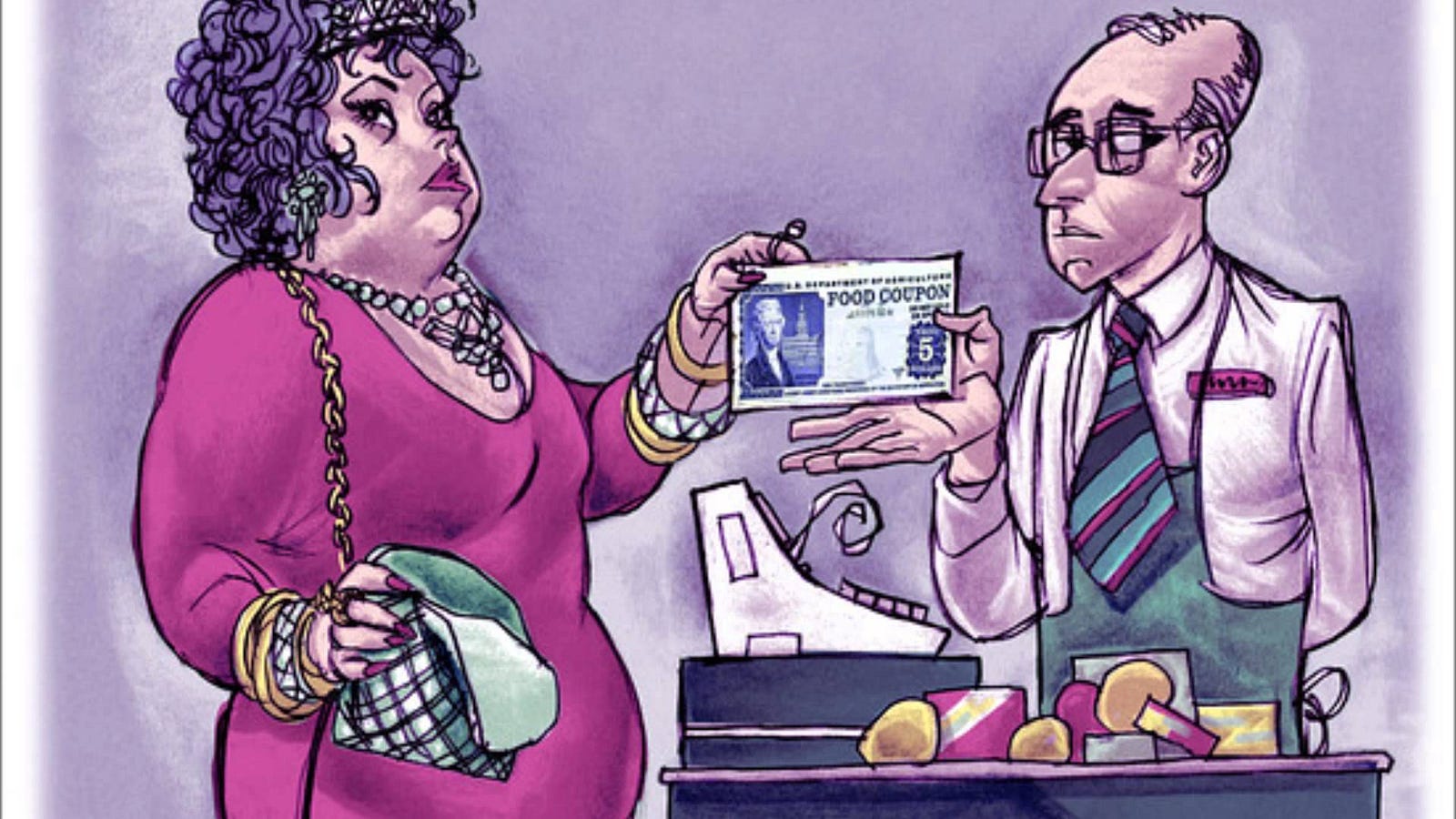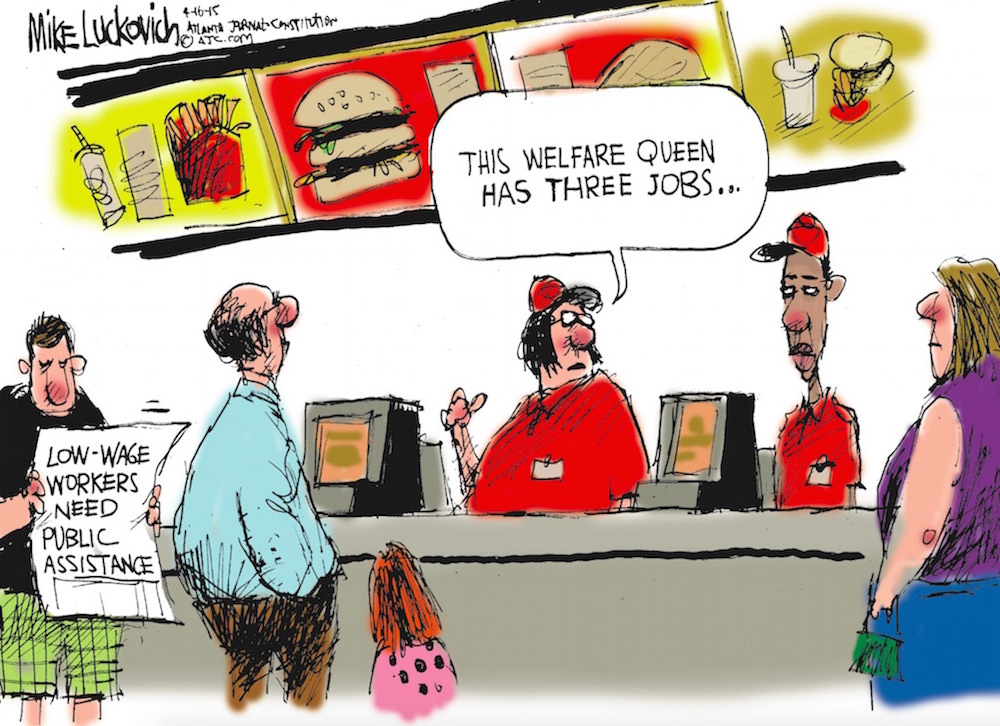Hi there, followers! It’s been a few weeks since we’ve shared updates for folks to follow our discussion and process in this season of Race and #RealTalk. But we have been processing…
The Fun Work- Barbershop!
We’ve been incorporating a variety of ideas and discovering some new ones that enrich our concept of the dialogue we feel is necessary in our current social climate. Working “Let There Be Peace on Earth” in a group not wholly experienced with barbershop singing, we’ve become familiar with the song and with the style through the standard exercises of group sectionals and duets as well as through singing with one another from across the very spacious Great Hall of All Saints Episcopal Church where we meet. Experiencing the challenge of learning and performing one’s part with only the support of those in one’s section (as opposed to the supportive accompaniment in lots of other ensemble singing) along with the interactive challenges of sustaining that part in the presence of other voices has illustrated some of the challenges we face as individuals, as a group, and as a community when it comes to engaging in dialogue about racism and inequality.
In the full ensemble, of course, we are most concerned with the lyrics and the overall balance of the piece: can we be understood?Is each part contributing effectively to a balance with the other voices? Will I get lost in the mix? Isolating our small sections within this ensemble made for more exposure– both of the individuals, and the section itself. Do we have other strong voices to guide us? To hide behind? Any mistakes I or we make will be noticed… how does knowing this affect how I perform? Duets were less exposed, but more challenging with regard to keeping track of one’s part outside of the fullest harmonic context, but present with portions of the harmonic tension experienced throughout. And in another less conventional exercise, we have sung the piece with sections separated up to 50 feet apart across the room. I can hear my part, but I feel less sure of how I am supposed to fit in when I am at such a distance from the other voice parts. How can I engage with the ensemble if I am restricted to and separated by the bubble of my own section?
There are fleeting moments of ringing harmony, surrounded largely with careful, contained singing as we search for our own voices and the voices of those with whom we are singing. One of the interesting facets we’ve also incorporated into this aspect of the group experience in singing barbershop is applying the bel canto technique for barbershoppers– a trademark approach by Debra Lynn, who is a well-respected singer and educator in and beyond the barbershop community. The simplest explanation of this approach is that the access to even, balanced tone (for the individual voice) throughout one’s full vocal range is accessed in a “buzz” zone, which resonates above the upper jaw– a sensation counter-intuitive for most speakers of American English. Niambi and I shared with the group in introducing this technique that when HALO coached with Debra in Orlando all had found this sweet spot, the resonance was not only in the room. We experienced sympathetic vibration of one another’s voices, and we were all “buzzing around” in each other’s head space. This approach made for much easier vowel and color-matching in the Race and #RealTalk ensemble as well, which was the concrete objective in applying this concept. But it brought to mind yet another potential dimension of this metaphor: if we are collectively approaching this sensitive and difficult discourse from the freedom of our highest consciousness, perhaps a sense of mutual connectedness and beauty would manifest in even the tensest of moments…
The Harder Work: Reading and Discussion
As mentioned in previous posts, while informative and compelling, Wise’s book is at times an overwhelming outpouring of statistics and facts surrounding the issues of economic inequality and its complex intersections with systemic racism and racial ideologies. He discusses the challenges and negative attitudes posed toward government aid programs in more recent decades, compared to the early 20th century when the Great Depression had made such support systems necessary for many Americans’ survival and it was evident that many people’s lack of work was not due to lack of will. In the wake of the Civil Rights movement, when the message Dr. King advocated concerning not merely racial equality, but economic equality resonated beyond the stigma of associations with communism and tyranny– Wise posits that the wealthy class and conservative political powers invested their energy and rhetoric in demonizing the poor and associating the lower class and assumed attributes of moral depravity with people of color.

The “Welfare Queen” is such an example of inaccurate stereotypes of people who “leech off of the government,” but effectively championed among a broad population of folks across the spectrum of lower to middle class affluence by connecting this image with black women. And while the stereotype is perhaps less immediate to our contemporary rhetoric,

you’ll note the salience of its effects if you were to Google images connected to the term. You’ll find a series of comic strips (far more than of actual people) featuring heavy black women and even some commentary on how the attitudes toward dependence on government assistance vary with identity politics.
Among other aspects of his discussion of the manner in which economic inequality is a system which perpetuates racial inequality and is sustained by negative racial ideologies toward people of color is the disparity between black households whose head has a college degree and white households whose head has only a high school education, wherein the latter statistically has significantly more income than the former — a statistic seemingly influenced by the factors of race, alone.
But the question remains: who cares about statistics? Not many. You’ll be hard-pressed to compel a person to shift their views with numbers or facts, alone– which Wise also discusses. So, by way of our barbershop philosophy, the ongoing assignment has been for folks whose experiences do not align with that of people of color who represent any number of these statistics with regard to poverty, education, or government assistance to seek out stories of those who do have or have had this experience in their lives. I certainly know a number of educated black men with college degrees and higher who make less than at least one white man I know who does not have more than a high school diploma in the way of credentials. Given that these men invested a significant amount of work in having acquired these degrees, it would not hold that the explanation of economic inequality being due to a lack of work ethic among people of color is rational.** This is only a small aspect of that which explains the centuries old system which has perpetuated racial inequality among Americans of lower socioeconomic status; there is much discussion concerning the inherited wealth of home ownership and housing discrimination which contributes to inequality as it stands in the present. But it helps to try and take these brick-heavy statistics one piece– and one story– at a time.

This assignment, however, presented two major difficulties with respect to our current group: the segregation which continues to exist in our country and in our community makes for… less diverse social circles. By way of culture, race, and affluence. Our predominantly white group struggled to locate stories which match these statistics beyond their personal experiences, as they were not connected to many people who represented this reality of the intersectionality of income inequality and race. Given that there have, on the other hand, been a number of stories and experiences related to poverty– trying to grasp the similar experience of people of color, who are statistically over-represented in unemployment and poverty within their demographic, has been like trying to sing a song with other voice parts from across the room. Because our communities in many cases have remained segregated, it is difficult to connect with this aspect of reality which we may share. The existing system maintains a differentiation of perspective based on racial identity on the experience of the same issues regarding the struggles of the working class.
As we work to apply this barbershop metaphor to engaging in difficult discussions, the challenge also exists in the current group with a lack of dissenting viewpoints… how do we practice the skills of engaging from different perspectives if only one voice part is present? Is this a sectional… or are we just “singing to ourselves?”
What Now? What Next?
We therefore hope to see it as the challenge directly before us that one of our operative goals would be to transcend the boundaries of the systems which segregate us, so that both the experiences and resources of our respective individual and community lives might be shared. I am further of the opinion that for any of us who seek to experience and to affect change must extend ourselves beyond the bubbles of our existence to see how we are connected and therefore how we can help one another.
This is, hopefully, part of our design in presenting a taste of Race and #RealTalk in our HALO for the Holidays concert in Cumberland, which we hope to be part of our start in expanding beyond the borders of Frederick. If we can start with spreading the idea that peace is possible if we listen to one another and realize that our deepest needs and desires are the same, perhaps we can make headway in actually helping one another. Perhaps we can work at dispelling the myth that our differences in social status and opportunity in this country are due to a difference in cultural or individual fortitude and open our networks to include more of us in avenues toward higher education, innovation and success.

This is the story and the message we intend to share on December 15 for all who are present and all who are connected. Working with Shane Riggs of Allegany Magazine, our sponsor and supporter for this event, we have co-created a presentation we hope will reflect this. Racism is currently only one of the profound social issues which divide us today, entangled with so many other complex issues with multiple perspectives that it is hard to grasp. All I can personally hope for at this point is that if we start within ourselves with a commitment to listen to and connect with those around us, we can heal the wounds of racism and all the divides beyond and between.
** This is not a suggestion that the issue of income inequality is exclusive to men– I am speaking to the specific narratives of people I know personally. Same gender identification removes the variable of gender discrimination, which also intersects with the overall discussion.
Thank you for sharing your wisdom, and for unapologetically approaching some tough topics. Honest, frank discussion is the only way we will move forward more equitably as a society.
Thank you, Jonathan <3